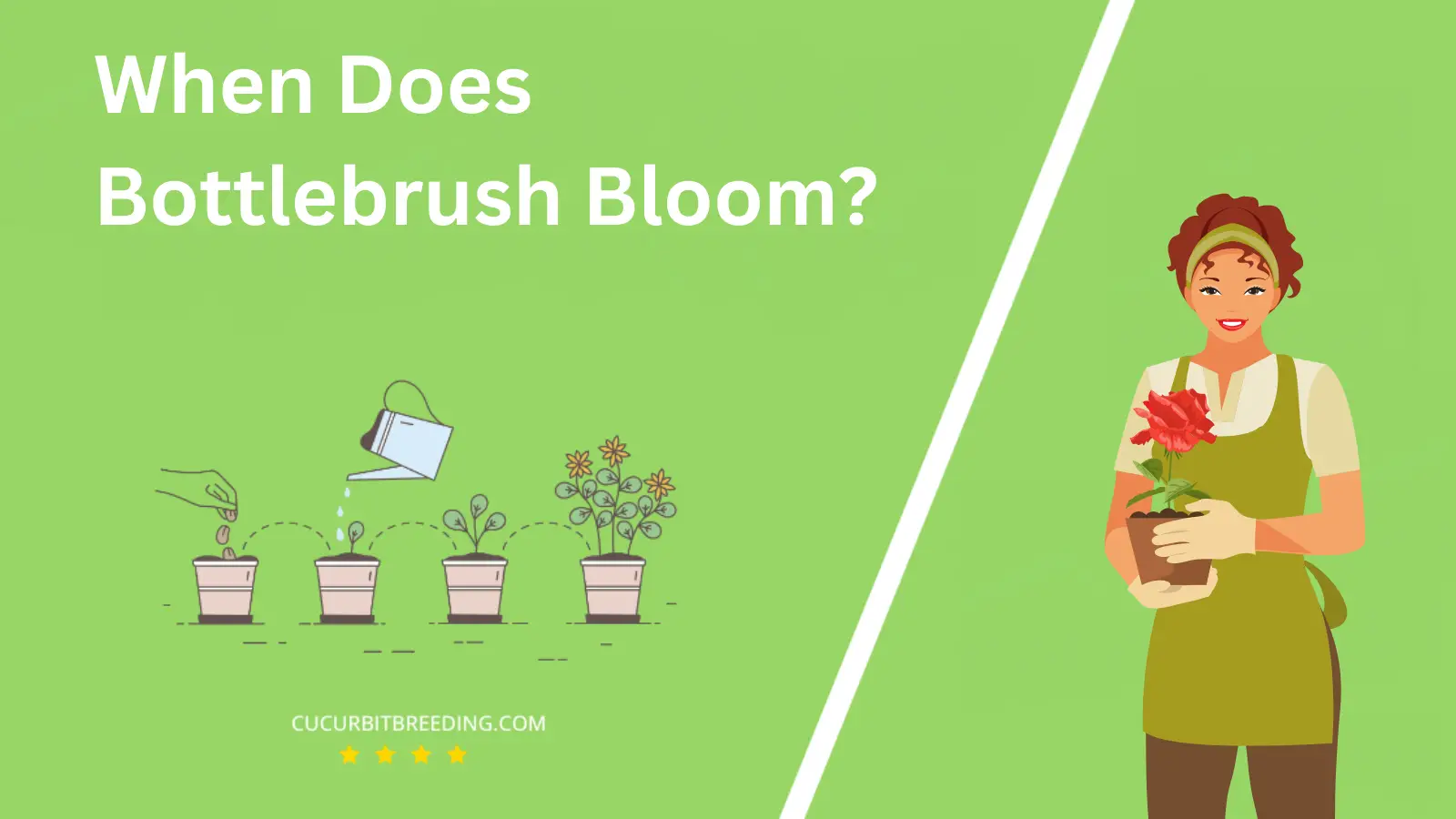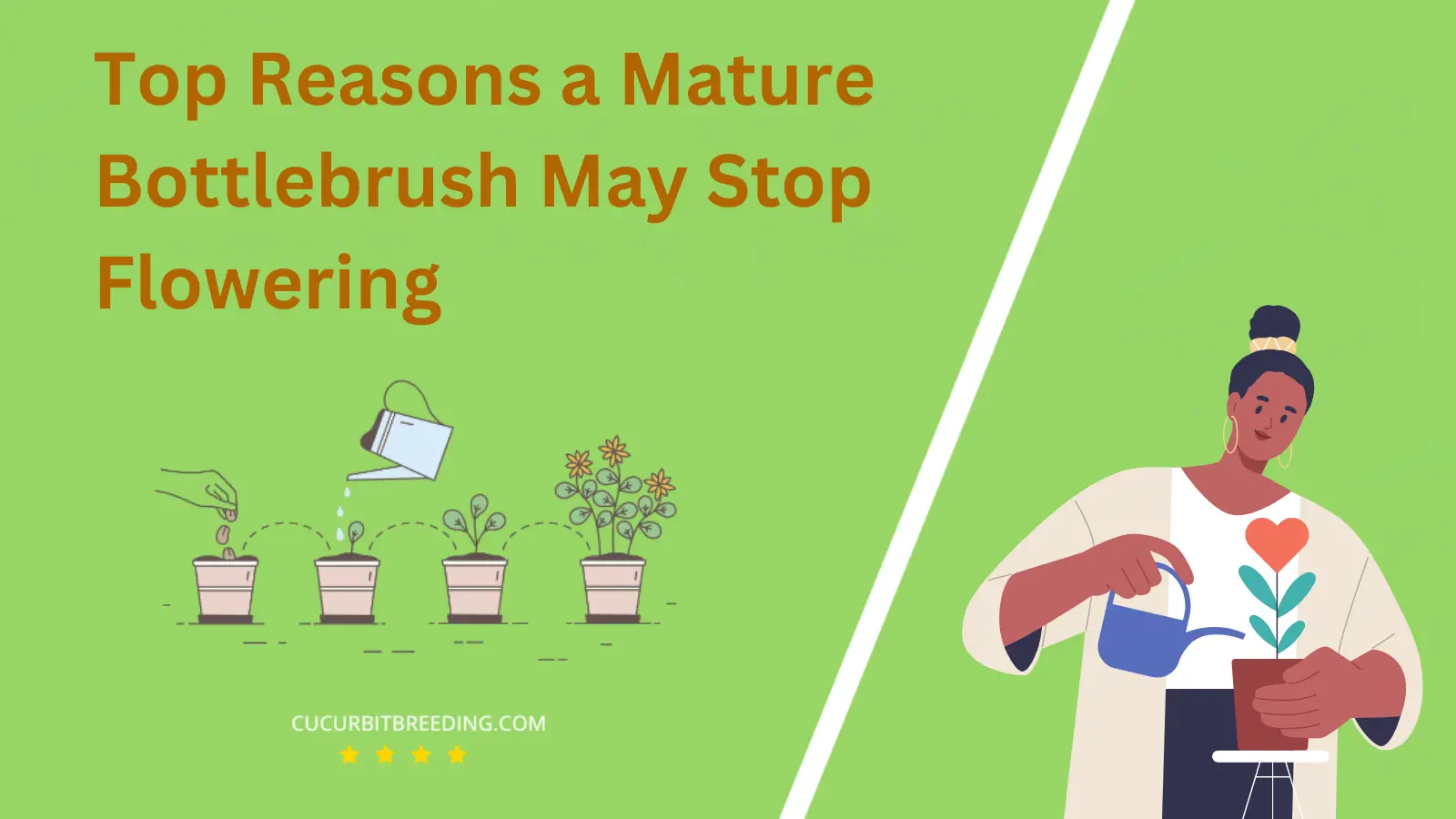
It’s an intriguing question, when does Bottlebrush bloom? This exotic plant, known for its vibrant, brush-like flowers, holds a captivating allure for garden enthusiasts and novice horticulturists alike. However, understanding its blooming cycle requires a closer look at its climatic preferences and growth patterns.
Join us as we delve into the world of Bottlebrush, exploring its unique characteristics and the key factors influencing its stunning display of blossoms.
When Does Bottlebrush Bloom?
The Bottlebrush plant typically blooms in the late spring and summer, although the exact timing can depend on the specific variety and the local climate. Some types may also have a secondary bloom period in the fall. It’s important to note that the plant needs plenty of sunlight to produce its distinctive flower spikes.
| Stage | Description |
|---|---|
| Germination | Spring (March-May) |
| Growth | (Spring) March to May |
| Blooming | Spring to early summer (March to June) |
| Dormancy | Winter (December-February) |
How Long Do Bottlebrush Bloom?
The Bottlebrush, known scientifically as Callistemon, typically blooms from late spring through to the summer. The flowering period can extend over several months, with peak bloom typically occurring in May and June. However, the exact timing of the bloom can vary depending on the local climate and growing conditions.
How Light Affects Bottlebrush Blooms?
Light significantly affects the blooming of Bottlebrush plants. They require full sun exposure for the best flower production. When positioned in full sun, the plant produces vibrant, brush-like flowers abundantly. However, in the shade, the Bottlebrush may not bloom as prolifically. The lack of sufficient light affects the plant’s ability to photosynthesize effectively, which in turn impacts its flower production. So, for healthy, abundant blooms, place your Bottlebrush in a location where it will receive ample sunlight.
Will Bottlebrush Bloom in the First Year You Plant It?
Typically, bottlebrush plants do not bloom in the first year they are planted. These plants usually require a few years to establish themselves and start producing their characteristic red, brush-like flowers. The exact timeframe can vary depending on factors such as the specific variety of bottlebrush, the quality of soil, the amount of sunlight the plant receives, and the care provided to the plant.
Will Bottlebrush Bloom Every Year?
Yes, the Bottlebrush, scientifically known as Callistemon, is a perennial plant that typically blooms every year. Its blooming period is usually in the spring and summer months. However, the frequency and timing of its blooms can be influenced by a variety of factors such as the specific species, local climate, and care provided.

Should I Deadhead Bottlebrush Blooms?
Yes, you should deadhead bottlebrush blooms. Deadheading, or removing spent flowers, encourages the plant to produce more blooms and helps to maintain its overall health and appearance. It also prevents the plant from wasting energy on producing seeds. Therefore, deadheading is an effective way to enhance the flowering of your bottlebrush plant. Remember to make clean cuts at the base of the spent flower to avoid damaging the plant.
Top Reasons a Mature Bottlebrush May Stop Flowering

A mature bottlebrush may stop flowering due to a variety of reasons. Firstly, inadequate sunlight could be a factor as bottlebrush plants require full sun for optimal growth and flowering. If the plant is not receiving at least six hours of direct sunlight per day, it may not bloom.
Secondly, improper watering can affect its flowering. Both overwatering and underwatering can stress the plant and cause it to stop blooming. Bottlebrush plants prefer well-drained soil and may not flower if the soil is consistently too wet or too dry.
Thirdly, lack of proper nutrients can also prevent a bottlebrush from flowering. These plants need a balanced fertilizer to provide the necessary nutrients for growth and bloom. If the soil is deficient in these nutrients, the plant may cease to flower.
Lastly, incorrect pruning could be the cause. If a bottlebrush is pruned at the wrong time, it can remove the buds that would have flowered. Pruning should be done immediately after the plant has finished flowering to avoid this.